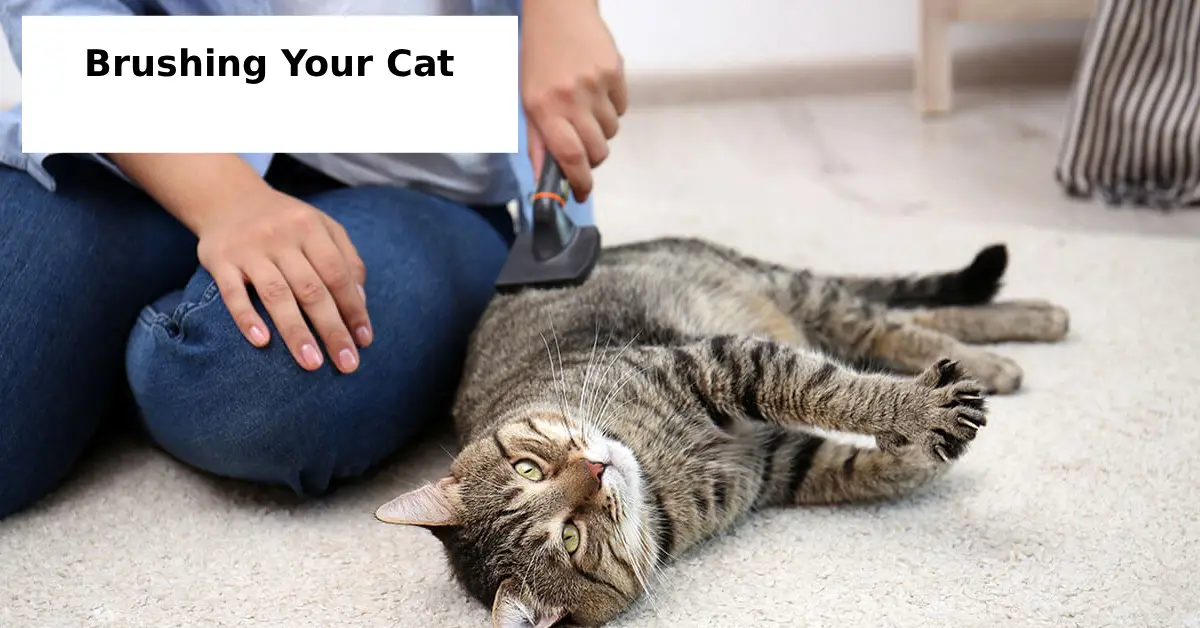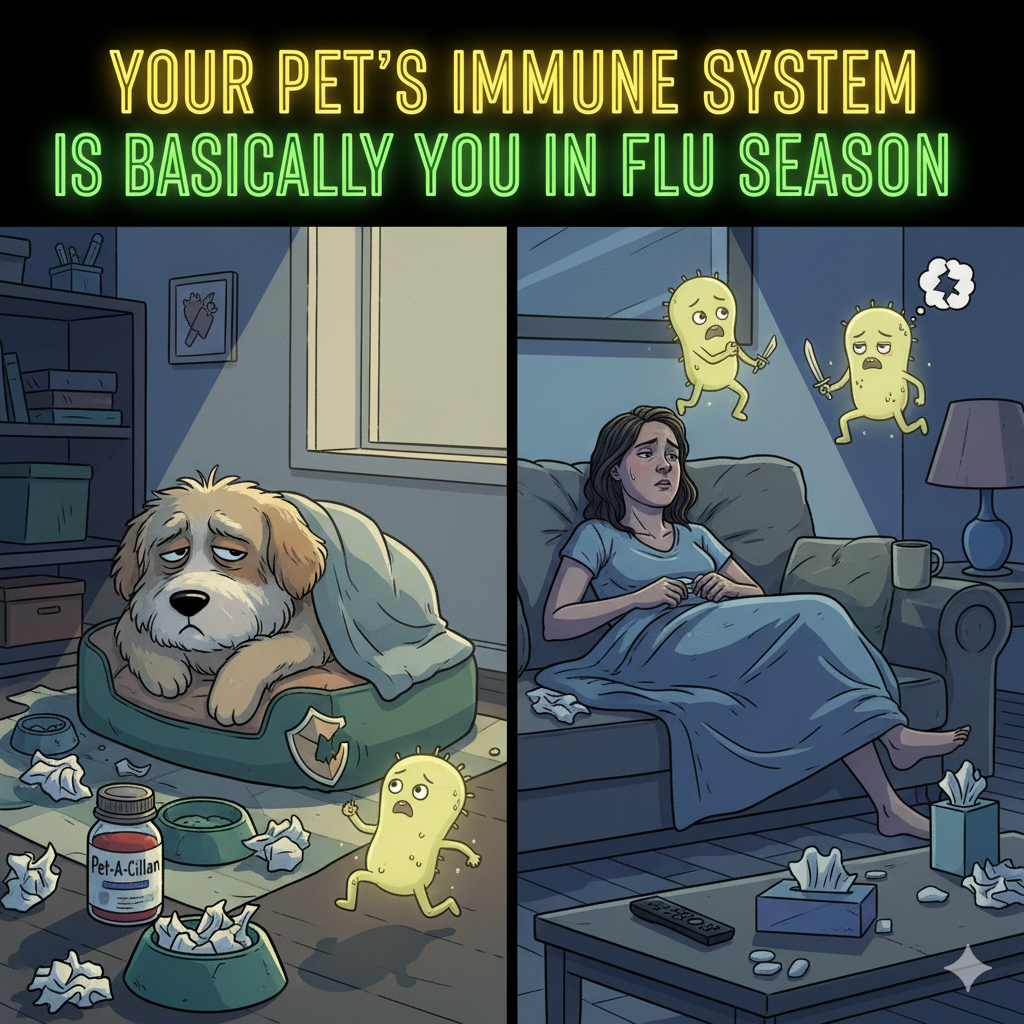Brushing your cat is an essential part of their overall cat care routine and well-being, but it does not have to be a stressful chore for either you or your feline friend. Many cat owners in the United States—new cat owners, experienced pet parents, and those with long- or short-haired cats—seek stress-free grooming solutions to make brushing a positive, calming experience. Whether you want to learn how to brush a cat effectively or aim to improve your cat brushing techniques, this guide provides expert-backed brushing cat hair tips to transform grooming sessions into delightful bonding moments.
Choosing the Best Cat Brushes
The first step in brushing your cat for a relaxing cat grooming session is selecting the right brush that matches your cat’s coat type. The best cat brushes for general use often include a combination brush featuring stainless steel pins on one side to remove loose fur and small tangles and nylon bristles on the other side to smooth and soften the coat. Slicker brushes are particularly helpful for brushing long haired cats, as they can detangle matted undercoat fur and remove loose hair without pulling harshly.
Some popular brush types include:
- Slicker Brushes: Ideal for light daily brushing and loosening mats in long-haired cats.
- Dual-Sided Combo Brushes: Useful for daily grooming of both short- and long-haired cats.
- Soft-Bristle Brushes: Gentle for sensitive areas like the face but less effective for thick coats.
- Grooming Gloves: Help get cats comfortable with brushing by simulating petting.
For long-haired cats, tools like wide-toothed combs and de-matting brushes are also recommended to carefully work through knots and tangles without causing pain to your cat. Always choose brushes with rounded or rubber tips to protect your cat’s skin and ensure comfortable strokes.
How to Brush a Cat: Step-by-Step Brushing Cat Hair Tips
The goal of brushing cat hair tips is to create a relaxing cat grooming routine that your cat looks forward to. Here are expert facial brushing techniques to follow:
- Set a Calm Environment
Choose a quiet, comfortable place where your cat feels safe. Avoid scenarios where your cat feels trapped or restrained as this increases stress. - Start Slow and Gentle
Begin by allowing your cat to sniff and rub against the brush. Use gentle, soft strokes and always brush in the direction of your cat’s fur growth to avoid discomfort. Do not start brushing from head to tail; instead, work from the rear end forward in small sections to manage the fur gradually. - Short Sessions and Breaks
Keep initial grooming sessions brief with frequent breaks. This helps your cat acclimate to brushing without feeling overwhelmed. - Tackle Mats with Care
Use a comb or de-matting tool to gently work out mats without pulling on the skin. Always be patient and consistent. - Reward and Bond
Make brushing positive by rewarding your cat with treats or gentle petting after each session. This reinforces a calming and enjoyable grooming experience, strengthening the bond with your cat.
Relieving Stress During Cat Grooming
Stress-free cat grooming can be achieved by integrating calming cats for grooming techniques:
- Use slow, rhythmic strokes to soothe your cat.
- Speak in a soft, reassuring voice.
- Gradually get your cat used to being brushed as part of their daily routine.
- Utilize grooming gloves if your cat dislikes brushes at first.
This approach works well for all cats, including long-haired breeds that need daily brushing to prevent mats and short-haired cats who need grooming weekly or as needed.
Additional Cat Brushing Tips for Long-Haired Cats
Brushing long haired cats requires special attention. Their dense coats are prone to tangling and matting, which can cause discomfort and skin problems if left unmanaged. Daily grooming with appropriate tools like slicker brushes and wide-tooth combs helps distribute natural oils and remove loose hair, keeping the fur healthy and shiny.
When grooming long-haired cats, focus on areas prone to mats such as behind the ears, under the chin, and around the collar area. Use gentle, patient strokes and detangle carefully without forcing knots, as rough handling can create a negative grooming association.
Bonding With Your Cat Through Grooming
Brushing also presents a wonderful opportunity to bond with your cat. The consistent, calming touch helps build trust and affection while detecting any skin issues or parasites early. Incorporating brushing cat hair tips into your cat care routine enhances your relationship and ensures your cat stays healthy and comfortable.
If you also have dogs, consider applying similar calm, patient grooming methods when grooming puppy at home, using gentle strokes and rewarding positive behavior.
Summary: Expert Brushing Cat Hair Tips for Stress-Free Grooming
Brushing your cat should be a relaxing experience for both of you. To achieve this:
- Select the best cat brushes suited for your cat’s coat.
- Brush gently, in the direction of fur growth, starting from the rear.
- Keep sessions short, offer breaks, and reward your cat.
- Use appropriate tools and techniques for long-haired cats.
- Create a calm environment to reduce grooming stress.
- Make brushing part of your regular cat care routine.
By following these brushing cat hair tips and cat grooming tips, you will enjoy a stress-free cat grooming experience that strengthens your bond, keeps your cat healthy, and makes grooming a pleasant and anticipated part of your day.






1 thought on “How to Make Brushing Your Cat a Relaxing Experience”